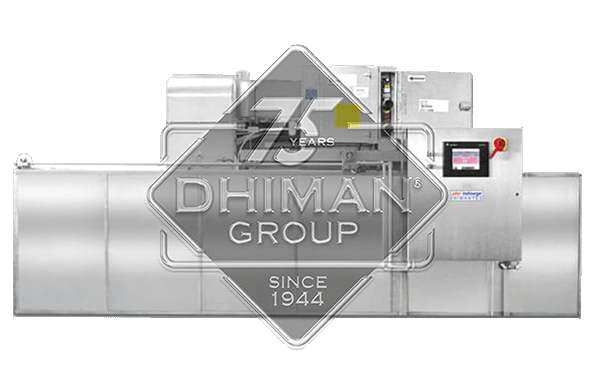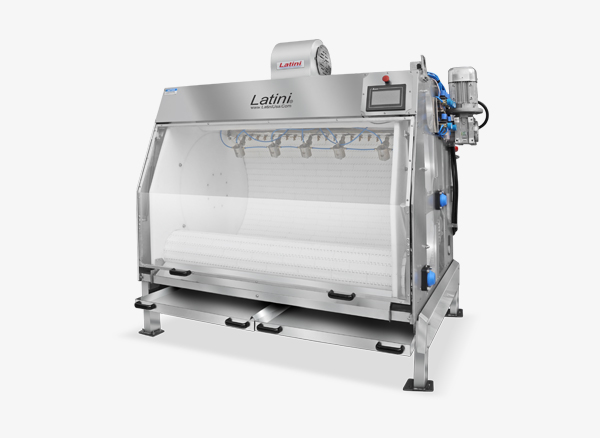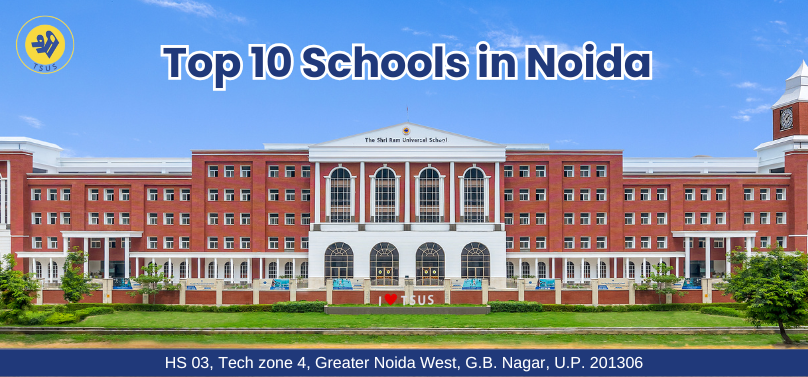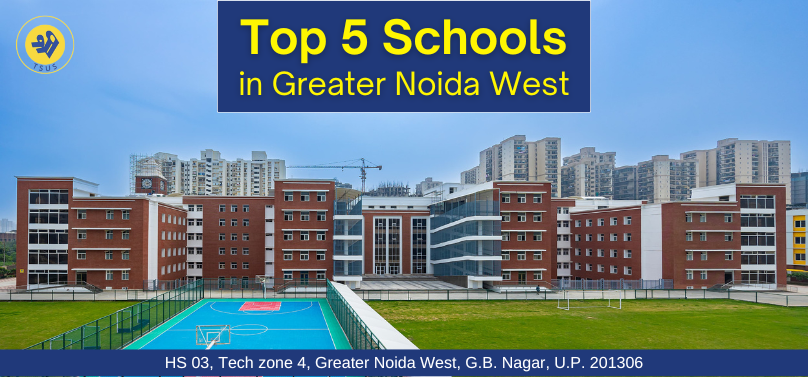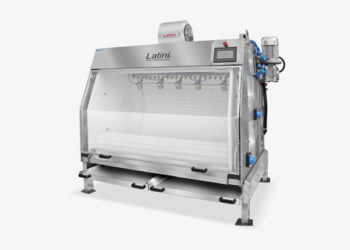In food manufacturing, efficient cooling is not just a supporting process—it’s a critical step that directly impacts product quality, safety, and production speed. At the heart of this process are cooling conveyor machines, designed to remove residual heat as products move through the line.
While many manufacturers focus on throughput or design, one key factor often overlooked is how heat and humidity affect the cooling process. At DhimanGroup, we engineer cooling conveyor systems built to perform reliably across diverse environmental conditions. Here’s how temperature and moisture levels impact performance—and how the right equipment can make all the difference.
Why Cooling Matters in Food Processing
Most food products—whether baked, boiled, or fried—exit processing lines at high temperatures. Without proper and timely cooling, several risks emerge:
- Product Quality: Delayed or uneven cooling affects texture, appearance, and shelf life.
- Food Safety: Prolonged exposure to high temperatures can promote bacterial growth before packaging.
- Production Efficiency: Faster cooling means quicker packaging and a more streamlined workflow.
This is where cooling conveyors play a pivotal role. Using methods like forced air, ambient airflow, or integrated water systems, they allow products to cool uniformly as they move forward in the line.
The Role of Heat in Cooling Efficiency
Once products leave high-heat processing, they retain substantial residual heat. Cooling conveyors remove this heat via airflow. However, ambient temperature significantly influences the effectiveness of this process.
- The higher the room temperature, the lower the difference between the product and air temperatures.
- A smaller temperature gradient leads to slower heat transfer—requiring more effort to cool the product.
In short: warm surroundings reduce cooling efficiency, forcing machines to work harder and consume more energy.
How Humidity Impacts Cooling
Humidity—the amount of water vapor in the air—plays a crucial role in cooling system performance. Here’s why:
- As products cool, they release moisture.
- If the air is already saturated with humidity, it cannot absorb more moisture from the product surface.
- This leads to condensation, which can cause product stickiness, surface defects, and even spoilage.
- Humid conditions can also accelerate machine corrosion, especially in systems not built with anti-corrosive materials.
The combination of heat and humidity creates an environment that challenges standard cooling equipment, making specialized engineering essential.
DhimanGroup’s Engineered Solutions for Real-World Conditions
At DhimanGroup, we design our cooling conveyor machines to handle the challenges of diverse climates—from dry heat to tropical humidity. Every machine is tailored to your plant’s environmental conditions and production needs.
Key Features of Our Cooling Conveyors:
- Adjustable Airflow Systems
Customizable ducting and high-velocity fans adapt to temperature and humidity fluctuations. - Durable Material Selection
Food-grade stainless steel and anti-corrosion coatings ensure long-term performance in humid settings. - Modular, Scalable Designs
Easily integrate dehumidifiers, chillers, or cooling tunnels to enhance environmental control. - Smart Sensor Integration
Optional digital controls monitor and adjust internal conditions in real time, maintaining consistency across batches. - Energy-Efficient Operation
Optimized airflow reduces energy consumption, even in challenging production environments.
Practical Advice for Hot or Humid Facilities
If your facility operates in a climate that presents heat or humidity challenges, consider the following best practices:
- Implement localized climate control in critical processing and packaging zones.
- Schedule routine maintenance to inspect for condensation or moisture build-up in equipment.
- Choose equipment based on environment, not just product type. The machine must be suited to your facility’s ambient conditions.
Conclusion: Smart Cooling Starts with Smart Engineering
Heat and humidity are among the biggest threats to efficient cooling in food production. But with the right technology and system design, these challenges can be managed effectively.
At DhimanGroup, we apply decades of mechanical and process engineering expertise to every cooling conveyor system we manufacture. Our goal is simple: to keep your production moving efficiently—no matter the environment.
Looking to optimize your cooling system for better quality and productivity?
Get in touch with DhimanGroup today to explore customized conveyor solutions built for your specific climate and operational needs.


